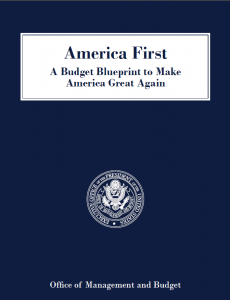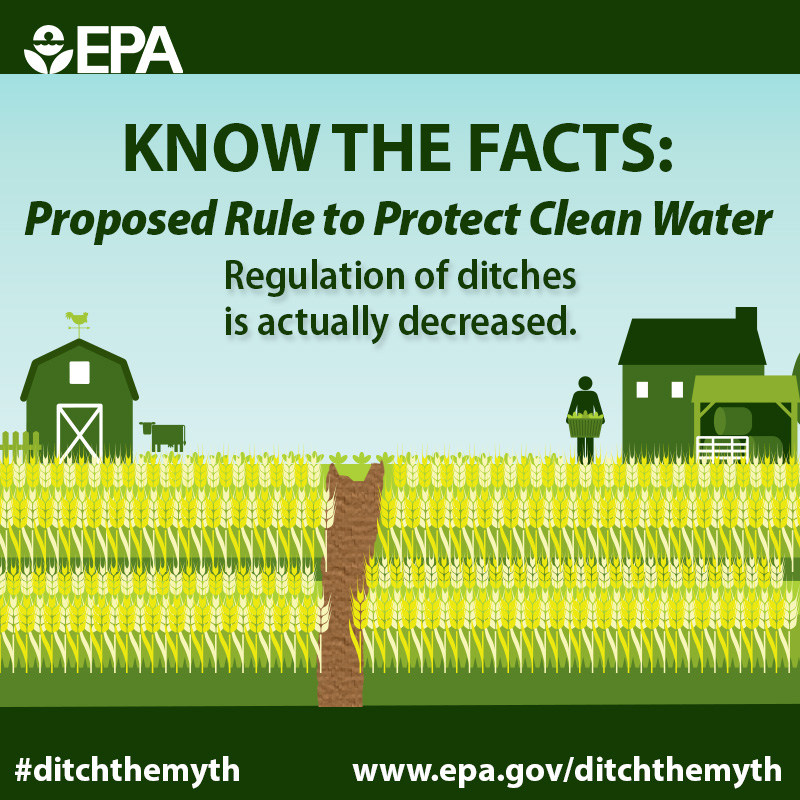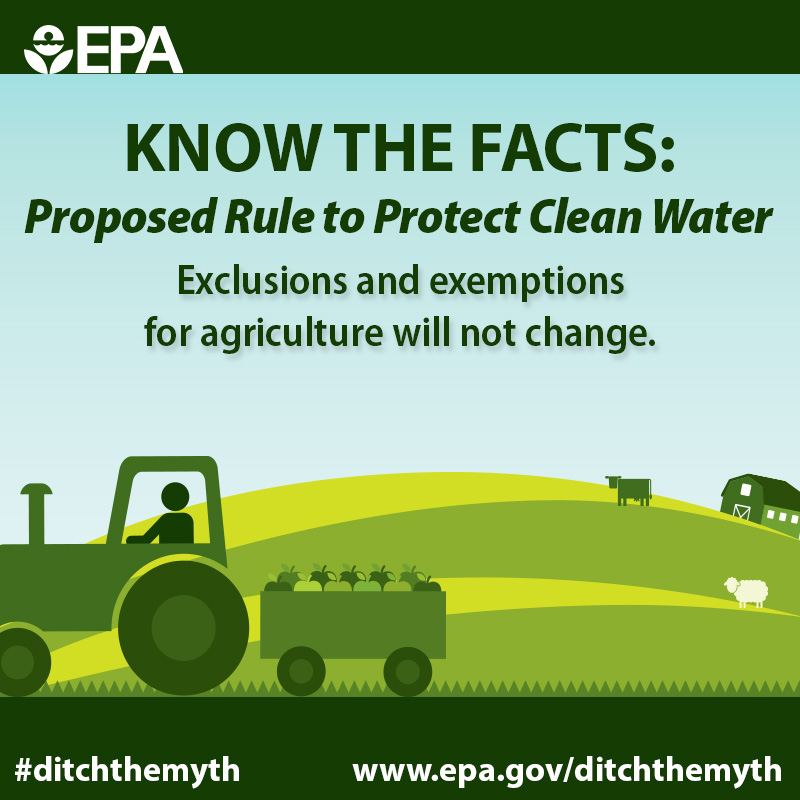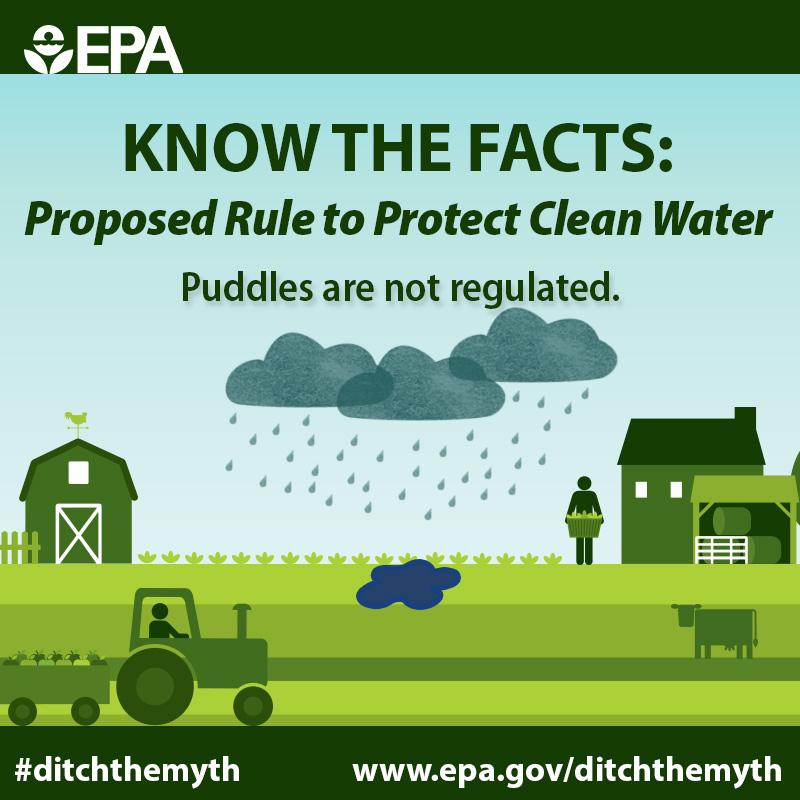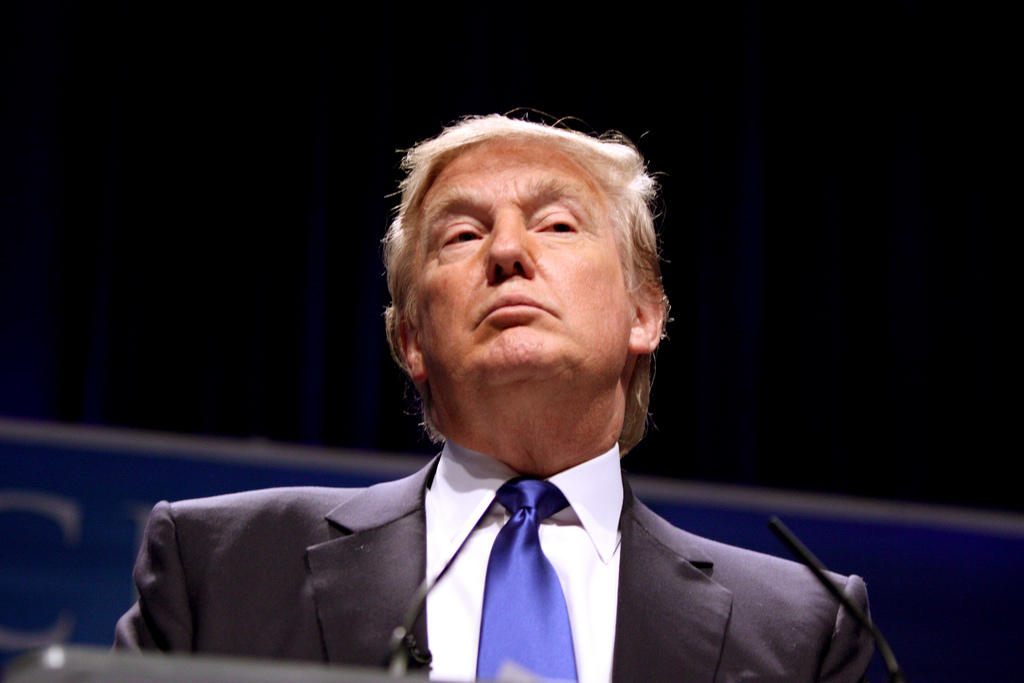
Funding deadline is September 30th
The fight between the Trump administration and the Great Lakes region’s mission to protect the lakes started as a slugfest early in 2017.
That’s when the president shocked the region with his budget proposal that would have eliminated all funding for the lakes.
Now, 20 months later, it’s settled into a strategic battle of give and take with both sides winning skirmishes at points.
The region’s congressional leaders and the bevy of groups who advocate for the lakes have prevailed in the budget battle, so far. They rallied after Trump’s first attempt to zero out Great Lakes funding and have thwarted subsequent attempts.
Congress is now in the process of trying to finalize the 2019 budget — the deadline is September 30 — and both the House and Senate are on a track to continue $300 million for the Great Lakes.
It’s to the point that U.S. EPA Administrator Andrew Wheeler believes Great Lakes funding will likely continue because of its congressional support, the EPA recently told Great Lakes Now.
More than money
But money is only part of the battle and perhaps not the most important part.
Trump campaigned on shrinking the EPA and refocusing its mission and is doing just that – only with more finesse than the awkward meat-axe approach he took with the budget.
EPA’s budget started a soft decline under President Obama going from $8.2 billion in 2014 to $8.14 billion in 2016, Obama’s last year in office. Under Trump it has remained close to the $8 billion mark, according to Office of Management and Budget data published by Politifact.
The number of EPA employees has steadily declined in the last ten years since it peaked in 2012 at just over 17,000, according to the EPA’s website.
EPA reported it had 15,400 employees in early 2017 and has incurred a net loss of 1,200 employees since Trump took office, according to the Washington Post.
Most of those who departed took voluntary buyouts and were long time employees who said they were not comfortable with the policy direction of the agency under Trump, the Post reported.

Marchers in Lab Coats in Front of EPA Headquarters, Photo by scattered1 via flickr cc 2.0
EPA data shows that since Trump took office, there’s been a 15 percent staff reduction in the Office of Enforcement and Compliance. Lack of enforcement of existing laws is a concern of Great Lakes advocates.
The $300 million for the Great Lakes is for restoration of past damage and neglect. Enforcement prevents future degradation.
EPA is in the final stages of a reorganization and a spokesperson recently told Great Lakes Now that a reduction in regional offices is not expected and the Great Lakes office in Chicago is likely to remain intact.
The spokesperson declined to comment on future staffing levels citing their sensitive nature.
EPA appears to have settled on full funding for the Great Lakes, which would likely include money to fight Lake Erie’s algae. At the same time it continues to resist enforcing the Clean Water Act an activist group says, that would require the Ohio EPA to put Lake Erie on a pollution diet known as a TMDL for nutrient runoff from farms.
EPA has told a federal judge in Toledo that the TMDL is not necessary and requested that the activist suit be dismissed. A decision is pending.
Legal standoff
One of Trump’s priorities was the rollback of Obama’s environmental rules. Top among them for the Great Lakes region is the Waters of the United States (WOTUS) rule, known as the Clean Water Rule.
WOTUS determined which waterways can be regulated under the Clean Water Act and it was a particular thorn in the side to agricultural interests who saw it as regulatory overreach. Farmers feared regulation of ditches and creeks that flow through their property.
But rules can’t be eliminated without justification or a replacement and the EPA rushed the process and didn’t follow the Administrative Procedure Act, a federal judge recently ruled. That means WOTUS remains the law in 26 states, for now.
The Great Lake states of Illinois, Michigan, Minnesota, New York and Ohio are among the 26. But court injunctions against implementation of WOTUS remain in place in 24 states, creating a legal quagmire that could end up before the Supreme Court.
A rider to repeal WOTUS was attached to the 2019 budget bill that’s making its way through Congress but it was eliminated in the negotiation process.
Good news for Michigan
Separate from budget and legal battles, there’s potential good news for Michigan and the Downriver area of greater Detroit.
The U.S. House budget recently authorized $900 million for a new Soo Lock which has been a priority for Michigan since 1986. It still has to be approved in the Senate and signed by President Trump but both seem likely.
Trump expressed support for the lock at a campaign style rally in Michigan earlier this year.

McLouth Steel Company’s Trenton Complex in the early 1990’s, Photo by Transkohr via wikimedia cc 3.0
For the Downriver area south of Detroit, the EPA announced last week that it wants to add the long-vacant McLouth Steel site in Trenton to its list of Superfund Sites. It would be put on a priority list for cleanup.
The McLouth location is on prime real estate facing Grosse Ile on the Trenton channel of the Detroit River.
The EPA under Trump has given Superfund site cleanup a priority saying it aligns with what the agency’s core mission should be.
Earlier this year the Kalamazoo River was put on the priority list.
But at the time the EPA told Great Lakes Now that the Kalamazoo site was added to the list because of the potential for a legal settlement. It would not receive additional funding an EPA spokesperson said.
Federal budget negotiators from both parties are trying to avoid a budget impasse that could lead to a government shutdown on September 30.
Featured Image: Donald Trump speaking at CPAC 2011 in Washington, D.C., Photo by Gage Skidmore via flickr cc 2.0


